
STEAM for Students
Follow our blog to learn about Safe Tech and STEM.
Converting Gamers to Coders
Leveraging the passion of technology, parents can convert their video gamers into coding engineers. ...more
STEAM
September 04, 2025•2 min read

CodaKid Online STEM
All about CodaKid, an online resource for kids to learn STEM. ...more
STEAM
March 31, 2025•2 min read
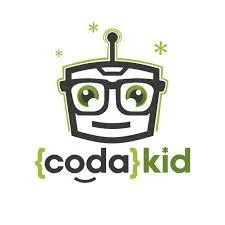
Get Psyched! for STEM
How to get your student excited for STEM ...more
STEAM
March 24, 2025•3 min read
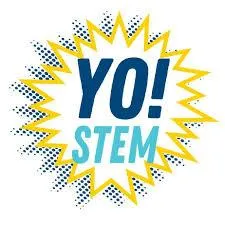

We have developed full curriculum for After School programs that teach hands-on STEAM skills to students. We are experiencing Federal Government funding cutbacks in Public Education and that unfortunately commonly results in cuts of STEAM curriculum, including Art, Music Industrial Arts and Tech Ed. Our programming hopes to fill this growing void and ensure students can grow critical STEM skills.
In just our first season, our Marine Mechanics team from St Christopher's Academy in Nashua, recorded the 2nd highest score at the FIRST Robotics competition in November 2024. Our team of 10 students met twice per week for 3 months, building lego stations, our robot and coding the robot to take specific actions against the stations.
We teach the students about the Scientific Method and Engineering Design Process, and put them into positions to apply what they have learned. Every class is very hands on and collaborative, where students learn team dynamics and concepts like "Fail to Learn" and "Silent Observation".
We proudly expanded our program into the Winter 2025 for 2 levels, spanning 3rd to 8th grade students. The fall season culminates in a competition with judges against more than 15 other teams in the region. The students are graded on their robot moves but they also their presentation of material to judges that explains their design process and real world application of their robot.
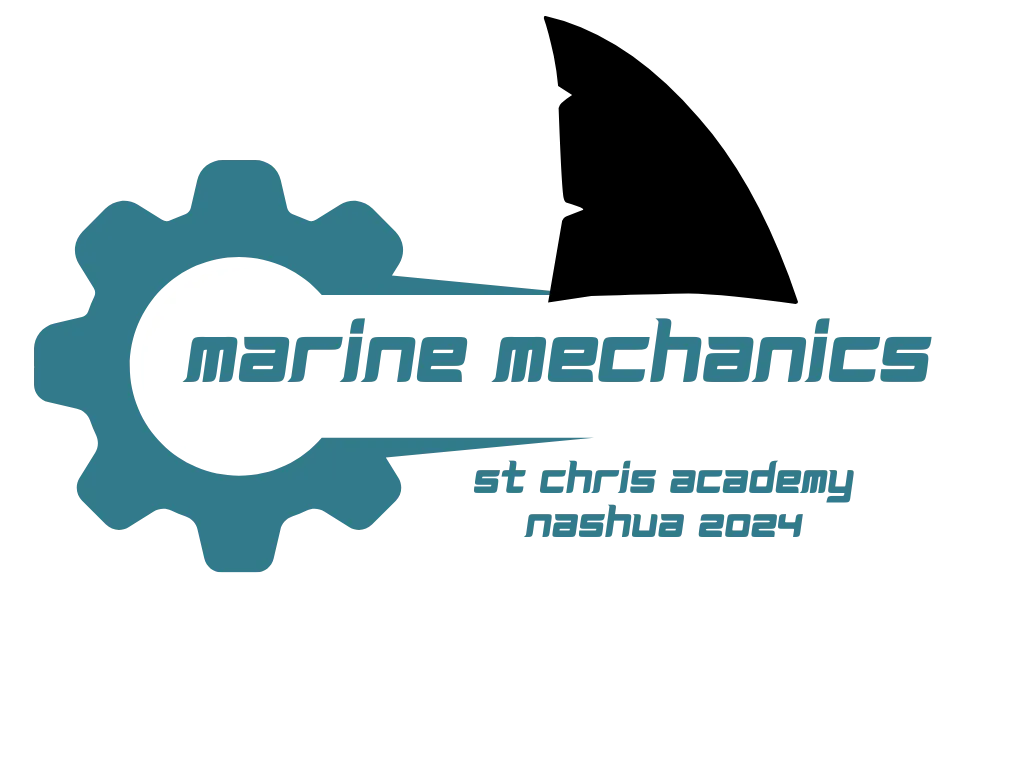

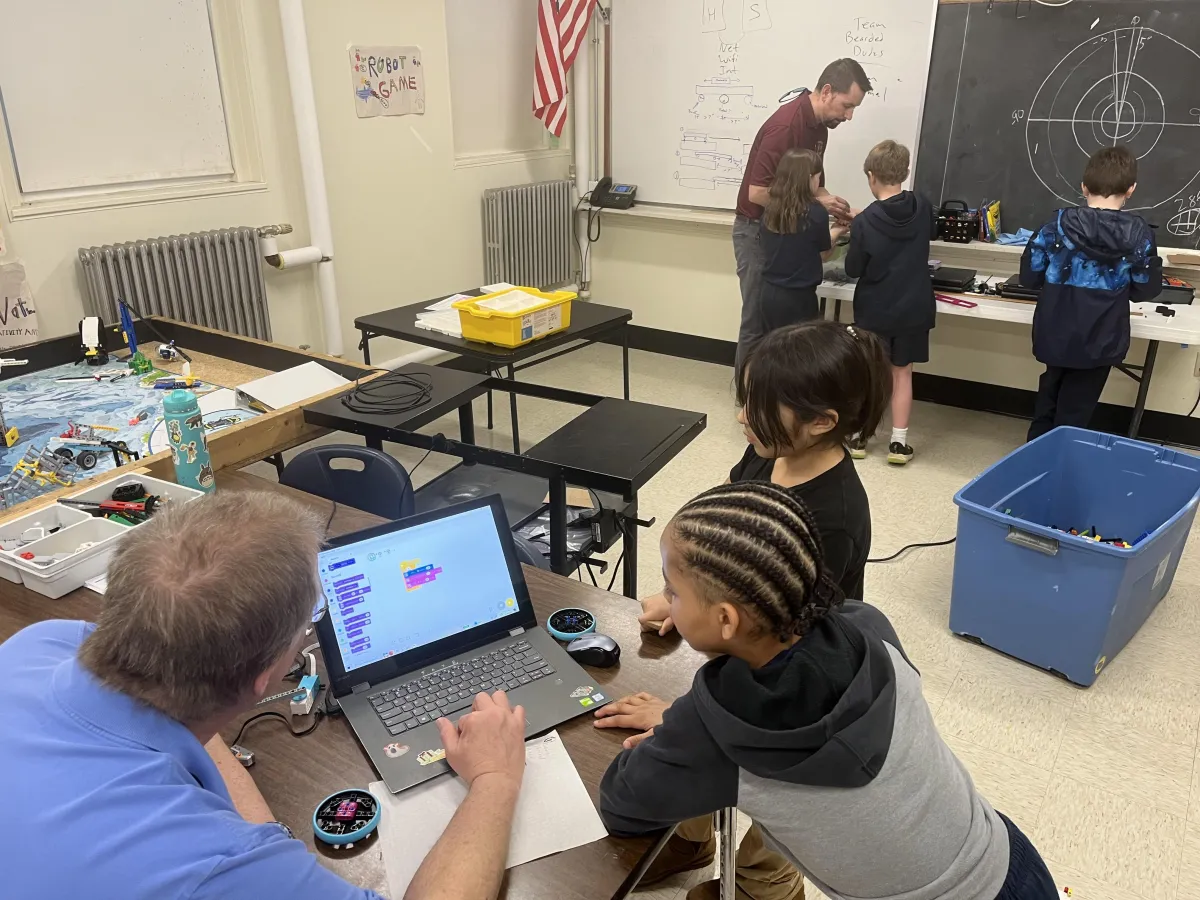

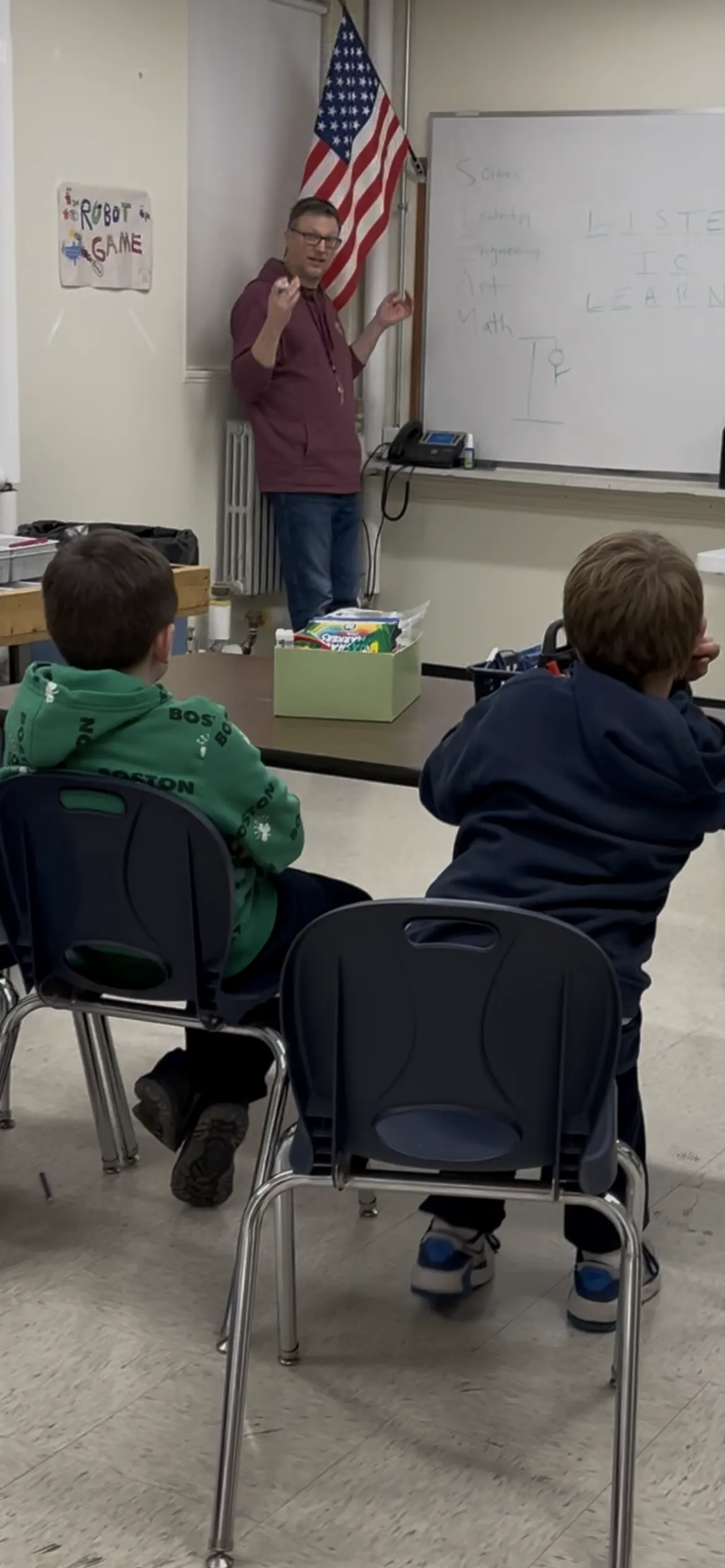
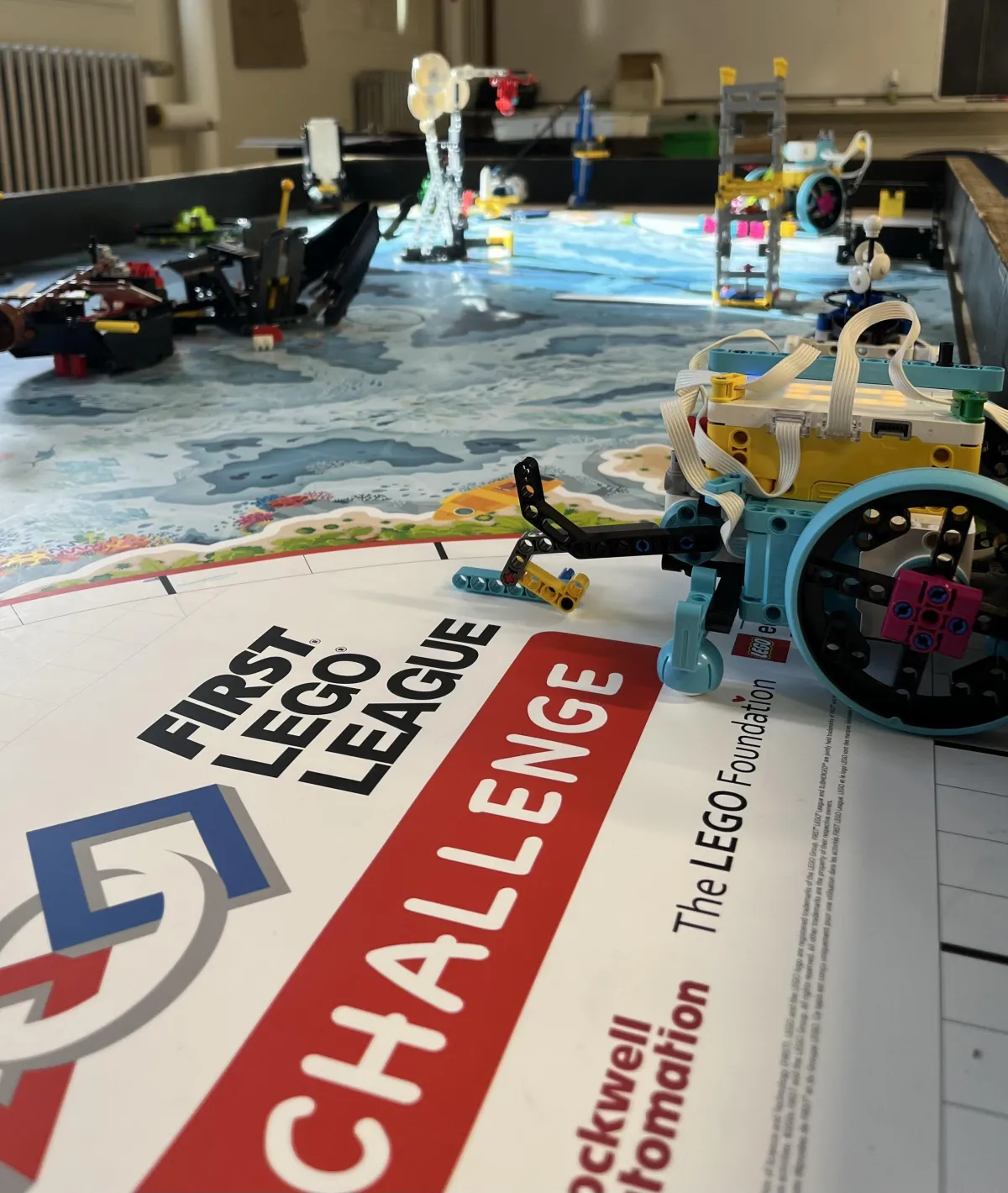
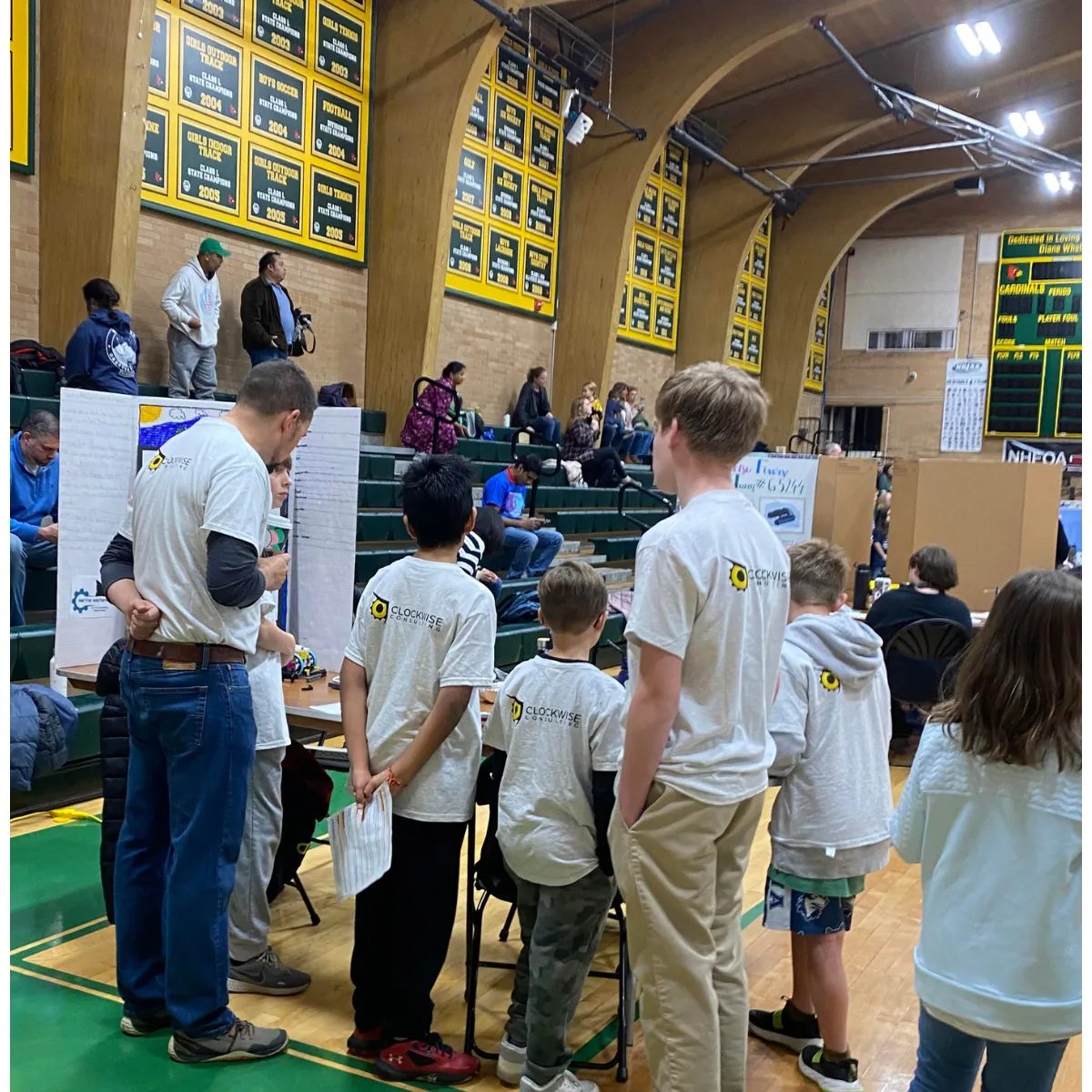

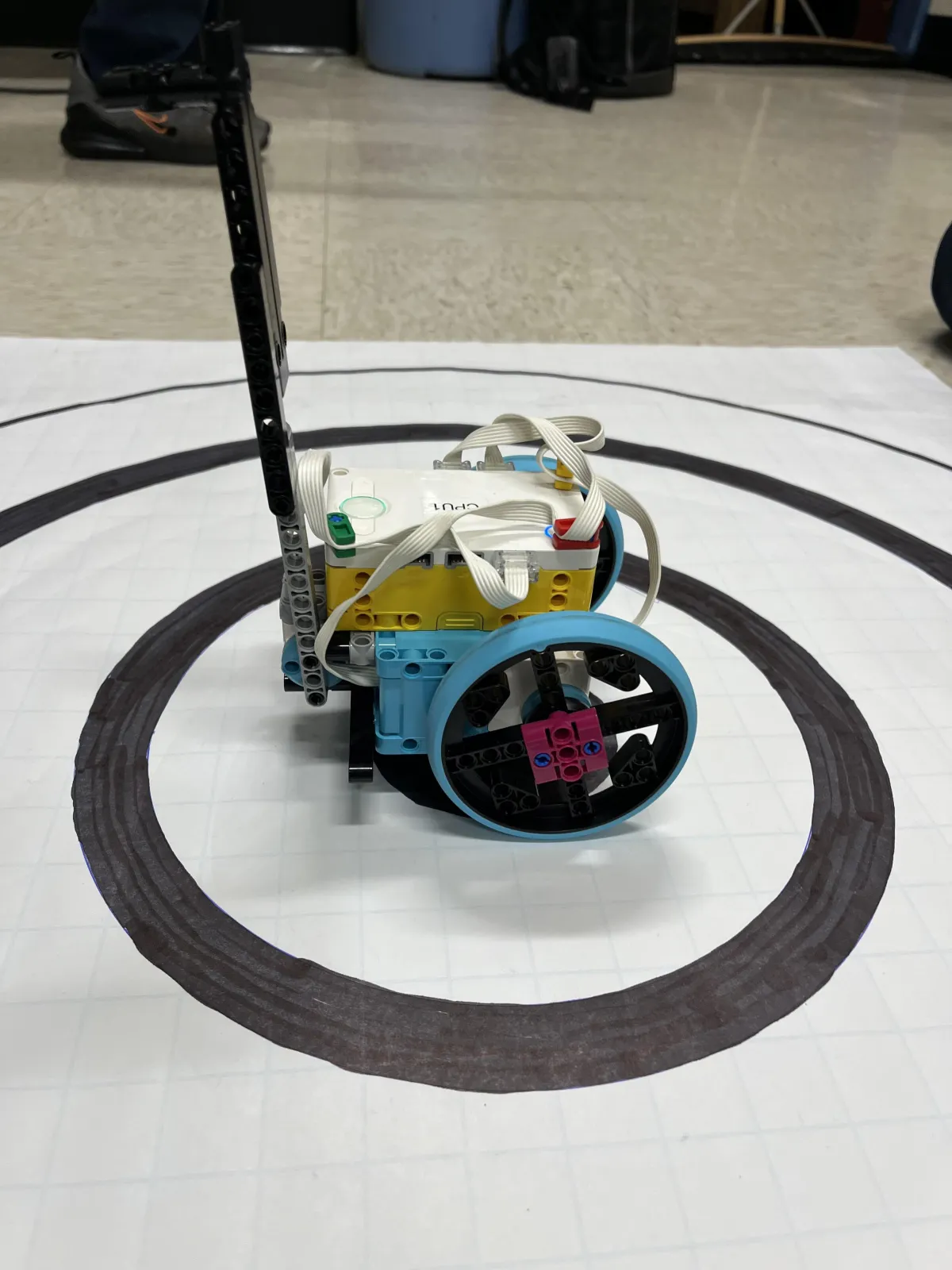

Federal Funding Cuts Squeeze Public School STEM Programs
Public schools across New Hampshire are bracing for the impact of federal funding cuts, a development that threatens to curtail key Science, Technology, Engineering, and Mathematics (STEM) programs that have become increasingly vital for student success.
As the state consistently ranks last in the nation for its state-funded share of public education, local districts are heavily reliant on federal dollars to support innovative and essential STEM initiatives.
The proposed and enacted cuts at the federal level, impacting agencies like the National Science Foundation (NSF) and the Department of Education, are creating a ripple effect in New Hampshire's classrooms. While a definitive, statewide tally of the financial impact remains to be seen, the potential consequences are significant. These reductions could jeopardize a wide range of programs, from after-school robotics clubs and coding competitions to advanced placement courses and specialized teacher training in STEM fields.
The Every Student Succeeds Act (ESSA), particularly Title IV-A, has been a crucial source of funding for providing a "well-rounded education," which explicitly includes STEM and computer science. Any reduction in this funding stream directly translates to fewer resources for schools to purchase necessary equipment, develop new curricula, and provide students with hands-on learning experiences.
School districts, especially those in less affluent communities, are particularly vulnerable. These districts often lack the local tax base to fully compensate for a decrease in federal aid. For instance, the Nashua School District has already been facing difficult budget decisions, and a reduction in federal support for STEM would only exacerbate these challenges. Conversely, some districts have been fortunate to secure specific federal grants for STEM. However, the long-term sustainability of such programs is now in question amidst the broader landscape of federal budget cuts.
In response to the funding challenges, school districts are increasingly turning to alternative sources, including private foundations, corporate sponsorships, and national grant competitions.
Why go STEAM
